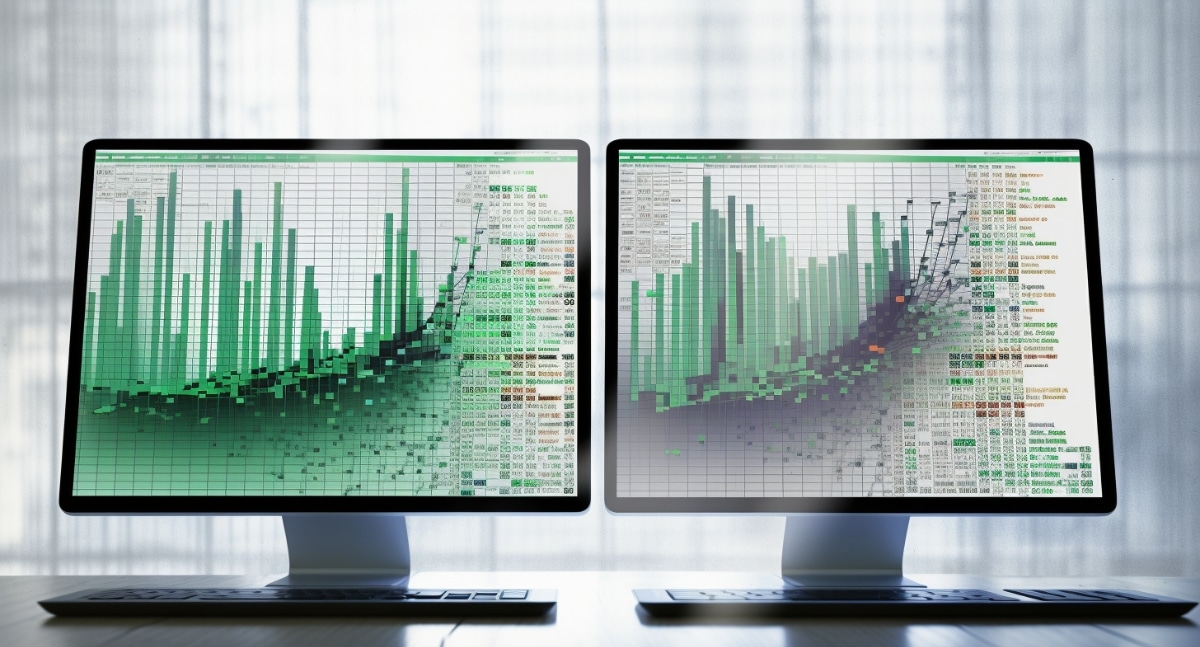5 Ways to Alt-Tab Between Excel Sheets Easily

Switching between different Excel spreadsheets is an everyday task for many professionals. Whether you're managing large datasets, coordinating schedules, or running complex analyses, the ability to seamlessly alt-tab between spreadsheets can significantly boost your productivity. Here are five effective methods to facilitate quick and easy navigation between Excel sheets:
1. Utilizing Excel’s Built-in Tab Shortcuts


Excel offers some handy built-in shortcuts that can make tabbing through your sheets much simpler:
- Ctrl+Tab - Moves to the next sheet in the workbook.
- Ctrl+Shift+Tab - Moves to the previous sheet.
- Ctrl+PgUp - Moves one sheet to the left.
- Ctrl+PgDn - Moves one sheet to the right.
These keyboard shortcuts can save time and reduce the need to click through tabs with your mouse, enhancing your overall workflow.
2. Using the Alt+Tab Shortcut


The classic Alt+Tab function in Windows or Cmd+Tab on a Mac isn't only for switching between different applications; it also works between different windows of the same application:
- Press Alt+Tab to see all open applications, including your Excel workbooks.
- Use Tab or arrow keys to select your Excel workbook, then release Tab to switch.
- You can also use Alt+Esc to cycle through your open workbooks in the order they were opened.
3. Customizing the Ribbon with Quick Access Toolbar

The Quick Access Toolbar (QAT) in Excel can be customized to add shortcuts for switching sheets:
- Click on the small arrow at the end of the QAT to customize.
- Select "More Commands..."
- From the "Choose commands from" dropdown, select "All Commands".
- Add commands like "Previous Sheet" and "Next Sheet" to the QAT for quicker access.
💡 Note: Customizing the QAT can reduce the number of clicks needed to switch between sheets, improving efficiency.
4. Creating a Macro for Sheet Navigation

If you're comfortable with VBA, you can create macros to navigate between sheets:
| Macro Command | Function |
|---|---|
| NextSheet | Go to the next sheet in the workbook |
| PrevSheet | Go to the previous sheet in the workbook |

Here's an example of VBA code to navigate:
Sub NextSheet()
On Error Resume Next
Sheets(ActiveSheet.Index + 1).Activate
End Sub
Sub PrevSheet()
On Error Resume Next
Sheets(ActiveSheet.Index - 1).Activate
End Sub
Assign these macros to keyboard shortcuts or buttons for easy access.
5. Using Third-Party Add-ins

Several third-party add-ins offer enhanced navigation features:
- Some popular add-ins include Kutools for Excel or ASAP Utilities.
- These add-ins often provide custom ribbons or toolbars with navigation shortcuts.
🛑 Note: Ensure the add-ins are from reputable sources to avoid security risks.
In wrapping up our exploration of ways to alt-tab between Excel sheets, these methods provide a variety of options to cater to different levels of comfort with technology. By mastering these navigation techniques, you can significantly streamline your work in Excel, making you more efficient in managing and analyzing data. Remember, mastering these shortcuts or tools might require some initial investment in learning, but the long-term benefits in productivity are substantial.
Can I use these methods if I have multiple Excel windows open?

+
Yes, all methods discussed can be used across multiple Excel windows, whether they are different workbooks or instances of the same workbook.
Do macros work across different Excel workbooks?

+
Macros can be designed to work in the workbook where they are stored. For them to work across different workbooks, you would need to save them in a Personal Macro Workbook or distribute the macro to other workbooks.
Is there a way to navigate directly to a specific sheet?

+
Yes, you can use Excel’s built-in ‘Go To’ feature or write VBA code to navigate directly to a specific sheet by name.